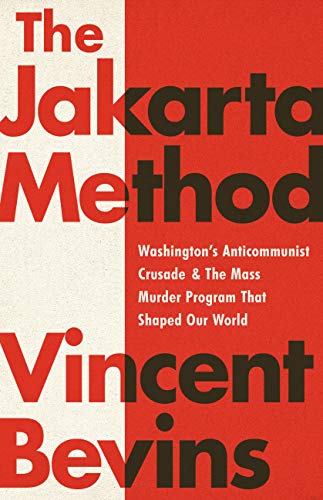What do you think?
Rate this book


321 pages, Kindle Edition
First published May 19, 2020
The Cultural Revolution was built around the idea that hidden bourgeois elements could infiltrate and threaten a left-wing movement. The events in Indonesia in 65-66 served as self-evident justification for this narrative. Just weeks previously, the world's largest unarmed communist party had held considerable influence in the huge country across the South China Sea...Mao and Zhou Enlai had encouraged the Indonesian leftists to arm the people [and they hadn't]. Then overnight, hidden right-wing elements emerged to kill them all and turn a left-leaning anti-imperialist nation into an ally of Washington. It would be the perfect propaganda tale to invent, if it were not all true.
I spent 33 years and 4 months in active service as a member of our country's most agile military force ŌĆ� the Marine Corps. I served in all commissioned ranks from a second lieutenant to Major-General. And during that period I spent most of my time being a high-class muscle man for Big Business, for Wall Street and for the bankers. In short, I was a racketeer for capitalism. [ŌĆ”] Thus I helped make Mexico and especially Tampico safe for American oil interests in 1914. I helped make Haiti and Cuba a decent place for the National City Bank boys to collect revenues in. [ŌĆ”] I helped purify Nicaragua for the international banking house of Brown Brothers in 1909-12. I brought light to the Dominican Republic for American sugar interests in 1916. [ŌĆ”] During those years, I had, as the boys in the back room would say, a swell racket. I was rewarded with honors, medals, promotion. Looking back on it, I feel I might have given Al Capone a few hints. The best he could do was to operate his racket in three city districts. We Marines operated on three continents.
[-Common Sense, Vol. 4, No. 11 (November, 1935), p. 8; bold emphasis added]